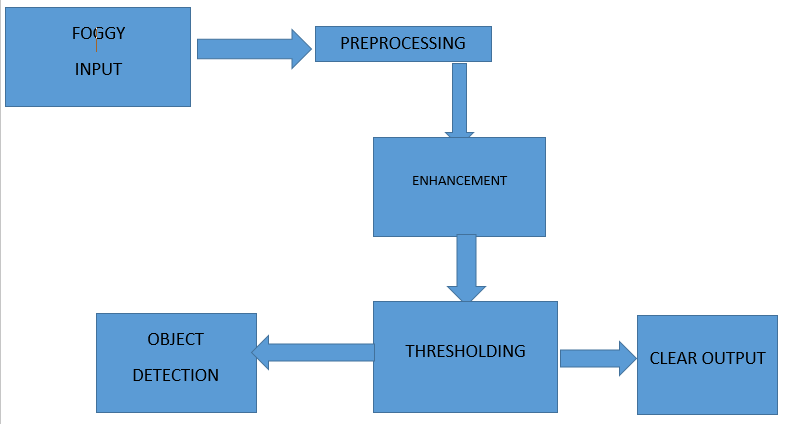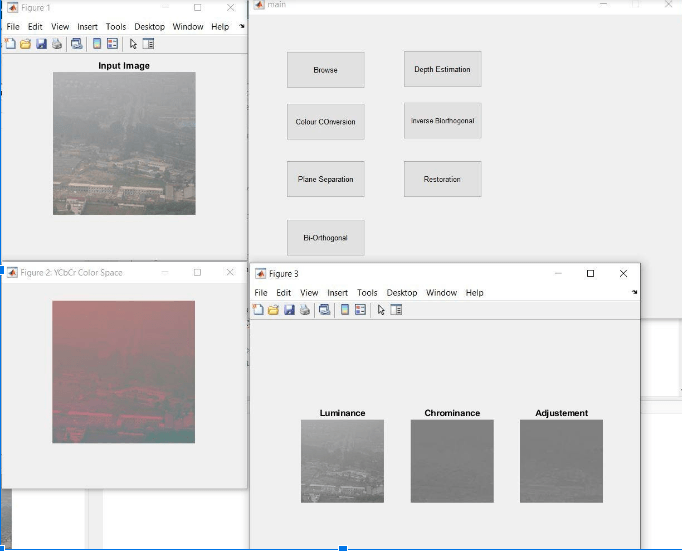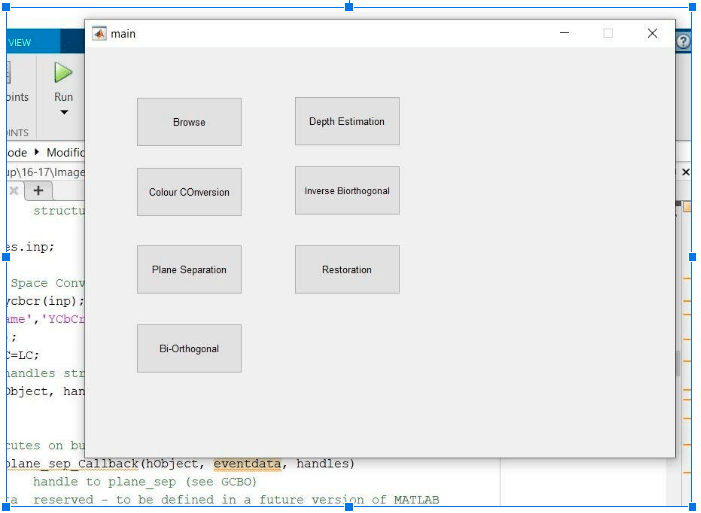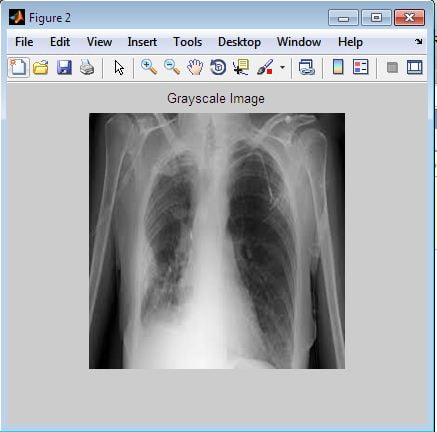Description
Image Enhancment In Foggy Images
Images captured during adverse weather conditions frequently feature degraded visibility and undesirable color cast effects. Images captured in foggy weather conditions often suffer from poor visibility, which will create a lot of impacts on the outdoor computer vision systems, such as video surveillance, intelligent transportation assistance system, and remote sensing space cameras, and so on. One of the central problems in image processing in open-air is the presence of cloud, fog or smoke which fades the colors and reduces the contrast of the observed things. Images of outdoor scenes captured during inclement weather conditions. Image processing techniques improve the quality of an image and enhance the maximum information from the degraded image. ?IN this? clear vision is very important at foggy times.? we need to enhance the image or video we can easily see the output. So, we need to develop some techniques for the de-haze input. And identify the image at the time of foggy climate. For that purpose, we need feature calculations. Using this we can easily overcome accidents at any place.
OBJECTIVE:
The main objective of the project is to reduce the fog present in an image and remove the mist from the images using enhancement. Then detect the objects based on our requirements. Using this we can easily reduce the accidents on roads and other applications…
Image Enhancment In Foggy Images
INTRODUCTION:
The foggy will occur at the time of the winter season. At the time of morning on roads more accidents possible. We can stop by giving a clear picture to the driver using enhanced of foggy images or videos.
And at a time, we can detect the people in front of vehicles using object detection. Fog and haze are natural atmospheric phenomena where small droplets of water suspended in the air obscure the clarity of the view, causing limited visibility. Removal of fog effects from the imagery, together with smoke, snow, low-light, and smog, is very important from point of view of safe navigation of vehicles, surveillance, and reliability of vision-based processes in general.
EXISTING SYSTEM:
- Brightness
- Histogram
- restoration
DISADVANTAGES:
- Less accuracy
- Not give better output
PROPOSED METHOD:
- Enhancement
- Threshold
- Object detection
ADVANTAGES:
- Give clear image
- Accuracy more
APPLICATIONS:
- wintertime
- Driver driving time
Image Enhancment In Foggy Images
BLOCK DIAGRAM:

MODULES:
- Preprocessing
- Image enhancement
- Thresholding
- Object detection
CONCLUSION:
- The main vision of the project is to give a better image for the people
- At the time of winter season or any type of foggy.
- Using this we can prevent accidents and save people and animals.
Image Enhancment In Foggy Images
REFERENCE:
- 1] K. Shamna, “Satellite image resolution and brightness enhancement using discrete stationary wavelet and singular value decomposition”, pp. 1-4, 2014.
- [2] A. Bhandari, A. Kumar, G. Singh, “Improved knee transfer function and gamma correction based method for contrast and brightness enhancement of satellite image”, AEUInternational Journal of Electronics and Communications, vol. 69, no. 2, pp. 579-589, 2015.
- [3] N. Sharma, O. P. Verma, “Gamma correction based satellite image enhancement using singular value decomposition and discrete wavelet transform”, pp. 1286-1289, 2014?
- [4] Hasan Demirel and Gholamreza Anbajaari “Discrete WaveletTransform Based Satellite Image Resolution Enhancement” IEEE transaction on geosciences remote sensing, Vol. 49,no 6, June 2011?
- [5] Shubin Zhao, Hua Han and Silong Peng “Wavelet-domain HMTbased image super-resolution” 0-7803-7750-8/03/17. 00 02003 IEEE




































































































































































































































































































































































































































































































































































































































































































































































































































































































































































































































































Customer Reviews
There are no reviews yet.